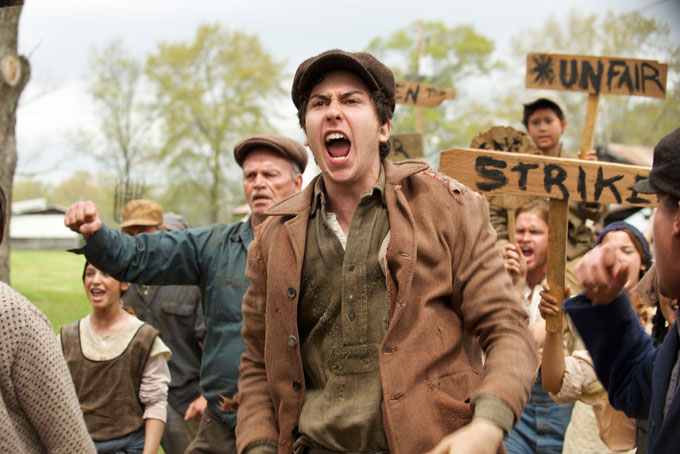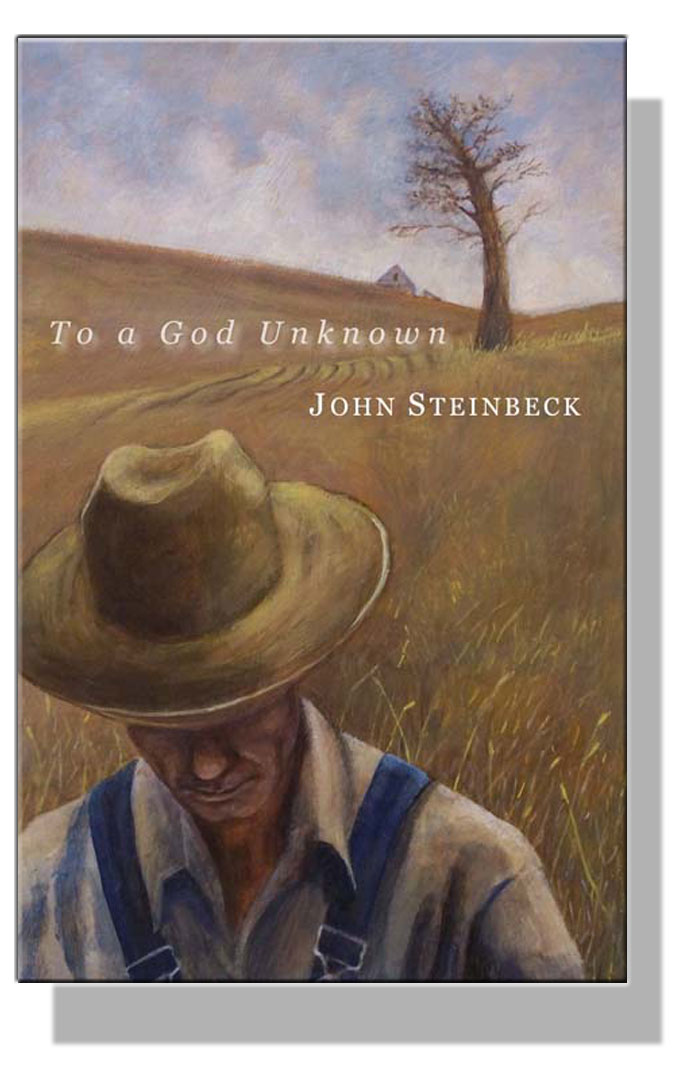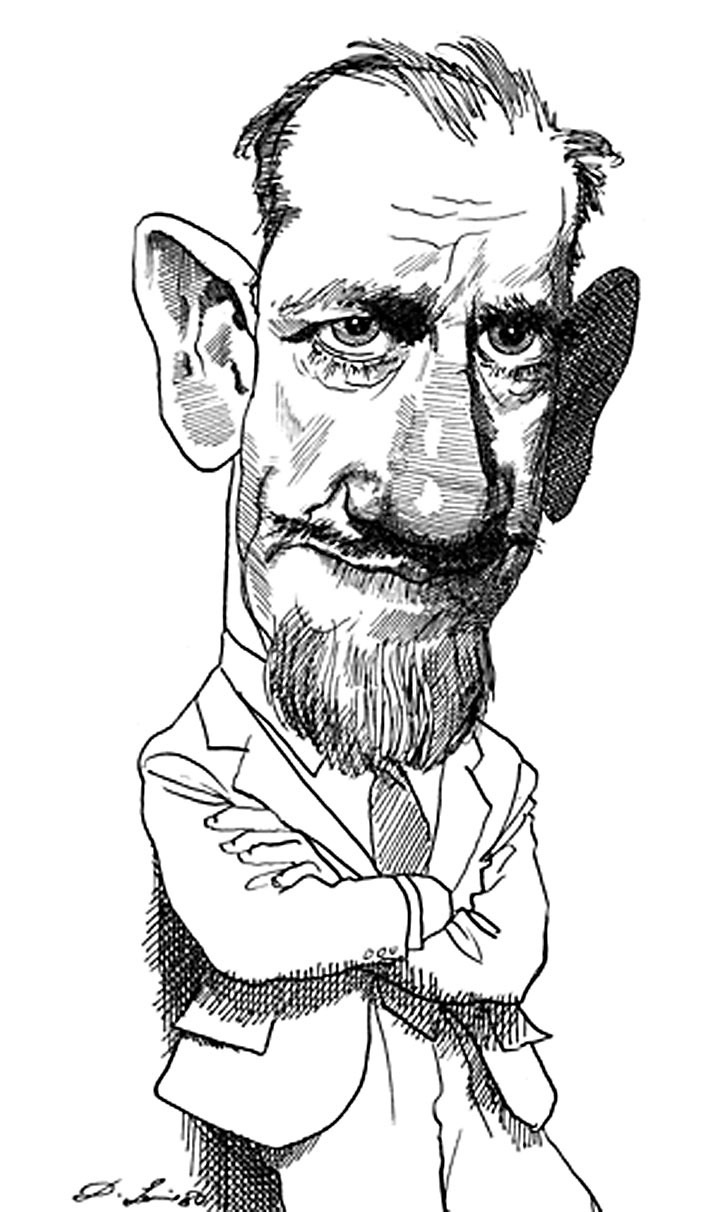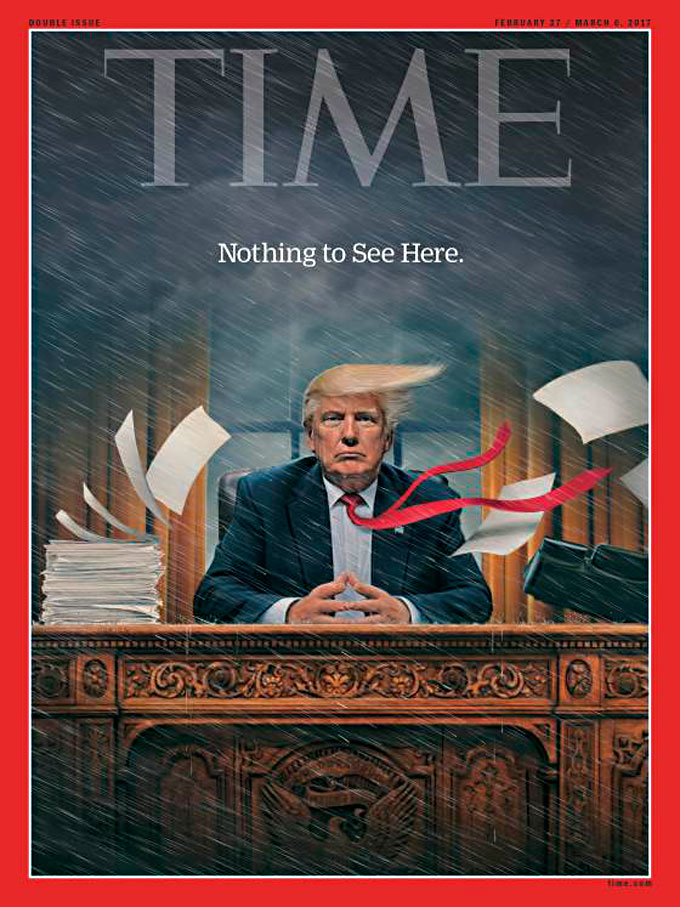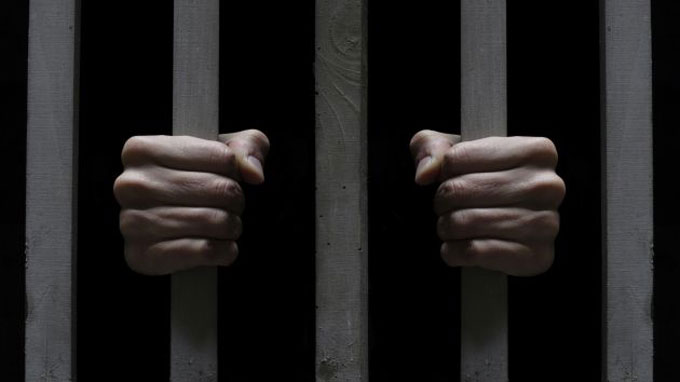Rarely since the Great Depression has our country been as polarized and angry as it is today. On television, in newspapers, on social media, around the office water cooler, in line at the supermarket, even at the family dinner table, there is constant clashing and creating of divisions. Warring political parties, “special interest” groups competing for social change, and an endless series of labels–liberal and conservative, Republican and Democrat, libertarian or evangelical–work to separate us from one another. More and more, Americans are being asked to take sides in this battle of interests and ideas, magnified by social media and the 24-hour news cycle. Inserting sanity into the crock pot of conflicting ideologies can be challenging. Reading John Steinbeck, one of America’s greatest writers and keenest observers, offers a way out of the insanity.
Rarely since the Great Depression has our country been as polarized and angry as it is today.
Eighty years before it was made into a mixed-review movie by the mercurial actor-director James Franco, Steinbeck’s Great Depression labor novel In Dubious Battle explored the complex relationship between the individual and the group, sometimes referred to in Steinbeck’s writing by its more malevolent moniker, “the mob.” Using a strike-torn California apple orchard as his backdrop, Steinbeck deep-dives into phalanx or “group-man” theory, grittily exposing the causes and consequences of a volatile, violent labor struggle involving pickers and organizers, growers and landowners, vigilantes and victims, and outside agitators who are never called “communists” but clearly are.
Steinbeck’s Great Depression labor novel explored the complex relationship between the individual and the group, sometimes referred to in Steinbeck’s writing as ‘the mob.’
In his introduction to the 1995 Penguin Books edition of Steinbeck’s Log from the Sea of Cortez, Richard Astro, Provost Emeritus and Distinguished Professor of English at Drexel University, writes that Steinbeck’s ideas on “group-man” thinking were influenced by the writing of the California biologist William Emerson Ritter (1856-1944). According to Astro, Ritter thought that “in all parts of nature and in nature itself as one gigantic whole, wholes are so related to their parts that not only does the existence of the whole depend upon their orderly co-operation and interdependence of the parts, but the whole exercises a measure of determinative control over its parts.” Ritter also believed that “man is capable of understanding the organismal unity of life and, as a result, can know himself more fully. This, says Ritter, is ‘man’s supreme glory’ – not only ‘that he can know the world, but he can know himself as a knower of the world.’”
Steinbeck’s ideas on ‘group-man’ thinking were influenced by the writing of the California biologist William Emerson Ritter.
Steinbeck illuminates “group-man” thinking in much of his Great Depression fiction, especially the idea that the whole is more than the sum of its parts. But this central tenet of Ritter’s theory is voiced most clearly by the character Doc Burton in the 1936 novel whose title—In Dubious Battle—Steinbeck took from John Milton’s 17th century poem Paradise Lost. Explaining his participation and fascination with the apple pickers’ strike, Burton says, “I want to watch these group-men, for they seem to be a new individual, not at all like single men. A man in a group isn’t himself at all, he’s a cell in an organism that isn’t like him anymore than the cells in your body are like you. I want to watch the group, and see what it’s like. People have said, ‘mobs are crazy, you can’t tell what they’ll do.’ Why don’t people look at mobs as men, but as mobs? A mob nearly always seems to act reasonably, for a mob.”
The central tenet of Ritter’s theory is voiced most clearly by the character Doc Burton in the 1936 novel whose title Steinbeck took from Milton.
As marches, movements, protests, and counter-protests increase in volume and virulence, Steinbeck’s insights into the behavior of “group-man,” through the words and actions of Doc Burton, can be viewed as prescient indeed, particularly by Americans who know their history. Midway through the book, in a passage worthy of one of history’s greatest thinkers–a passage I submit provides an outlook on life that, if adopted, could alleviate much of the rancor in America–Burton says this to the communist agent sent from San Francisco to organize the orchard strike: “That’s why I don’t like to talk very often. Listen to me, Mac. My senses aren’t above reproach, but they’re all I have. I want to see the whole picture–as nearly as I can. I don’t want to put on the blinders of ‘good’ and ‘bad’, and limit my vision. If I use the term ‘good’ on a thing I’d lose my license to inspect it, because there might be bad in it. Don’t you see? I want to be able to look at the whole thing.”
Steinbeck’s insights into the behavior of ‘group-man’ can be viewed as prescient, particularly by Americans who know their history.
In “John Steinbeck, American Writer,” Susan Shillinglaw, Professor of English at San Jose State University, notes that “in most of his fiction Steinbeck includes a ‘Doc’ figure, a wise observer of life who epitomizes [Steinbeck’s] idealized stance of the non-teleological thinker.” Non-teleological thinking, she explains, is “‘is’ thinking” marked by “detached observation” and a “remarkable quality for acceptance.” Reinforcing Steinbeck’s obeisance to this philosophy–an open and tolerant approach to ideas and to the people who believe in them that is desperately needed today–Shillinglaw highlights a journal entry made by Steinbeck in 1938: “[T]here is a base theme. Try to understand men, if you understand each other you will be kind to each other. Knowing a man well never leads to hate and nearly always leads to love.”
‘[T]here is a base theme. Try to understand men, if you understand each other you will be kind to each other. Knowing a man well never leads to hate and nearly always leads to love.’
Eschewing the American impulse to classify, pigeonhole, prejudge, discount, and disparage opposing ideas and those who hold them, Doc Burton prescribes detached observation and personal experience as an alternative to blind theory and blind hatred. Looking back on the unbiased Doc-like worldview favored by his father, Thom Steinbeck told an interviewer in 2012 that Steinbeck always ended his beautifully written letters to his son with this bit of advice: “Good luck. Find out on your own.” Finding out on our own is a good way, perhaps the only way, to survive the dubious battle of ideologies raging within and around us in 2017.
